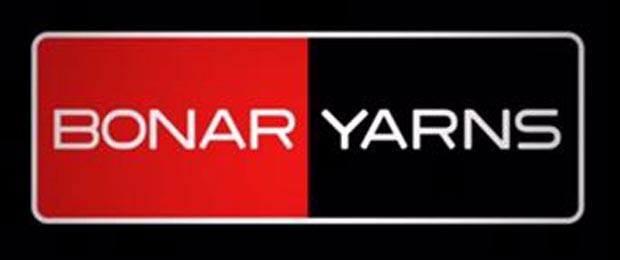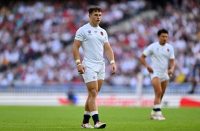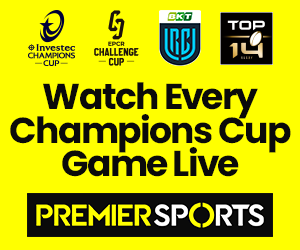 10 Things Grassroots Clubs Should Know Before They Follow Elite Lead
10 Things Grassroots Clubs Should Know Before They Follow Elite Lead
The damage caused by the wettest winter on record is visible everywhere, not least amongst huge numbers of grassroots sports clubs and playing fields. Coaches across the country will be looking at what remains of the club pitch and wondering what to do next. Many clubs are already considering following the lead of Saracens and Cardiff Blues, choosing to install artificial turf rather than reseeding their mud-pooled ground but before they take the plunge, here are the questions they need to ask themselves – and any potential supplier.
- Artificial, 3G, synthetic turf…what is the difference? None, they are all industry terms for similar grass-like pitches. Specialist yarn is tufted into a soft, carpet-like covering, which is then infilled with sand, rubber and laid onto a prepared base. The surface has lines for sport tufted or cut in, to reduce ongoing line marking.
- Doesn’t sliding on it cause burns and scars? No. The yarns used in 3G surfaces are amazingly soft whilst being incredibly durable. Professional clubs using the surface, in both football and rugby, were initially very concerned about injuries but not only are their players getting fewer grass burns (which also occur on natural surfaces) they are getting far fewer injuries than they would get on an overly wet, frozen or sun-baked natural pitch. Today’s surfaces are now designed to offer improved shock absorption and mandatory compliance with Head Impact Criteria (HIC) guidelines
- Isn’t synthetic massively expensive? The cost to re-turf a decimated natural surface would be upwards of £50,000. Whilst the initial cost of installing a synthetic pitch is greater, it’s an asset that provides increased levels of use over an eight to ten year period plus a superior return on investment.
- How is that justifiable? The potential return you can get from an artificial ground is significant and the surface is incredibly durable. For example Saracens not only plays all its home fixtures on it, they also stage between 25 and 40 hours of grassroots sport a week, as well as half time entertainment. This not only gives them great links with the community, it has supplied them with valuable extra revenue – a model that grassroots clubs can also adopt. Additionally, maintaining artificial grass is proportionately significantly cheaper than its natural alternative, based on the far greater usage, so there are sizable potential savings there too
- What actual maintenance is needed for an artificial ground? The surface does need fairly regular brushing (4 hours for every 40 hours of usage, plus match days), decompaction of the surface twice yearly by a specialist maintenance company, no pesticides or fertilizers and general tidying from their grounds staff
- How good is it as a playing surface? Good, not only are injuries reduced, the durability of synthetic turf means it is always a consistent quality of surface, and it provides a safe, true and fast surface ideal for today’s sport.
- How do we go about choosing a supplier? There are three things to look for
- Trade association membership. Any reputable supplier will be a member of one of the following professional bodies: IRB Preferred Turf Producer, FIFA Preferred Producer or Licensee, member of ESTO (European Synthetic Turf Organisation)
- Guarantee. All good pitches will come with a multi-year guarantee so if you have an issue, most manufacturers will work with you to put it right
- References. Many suppliers have a slightly different point of difference; ask them to supply you with a contact at a job like yours and then TALK to that person about their experiences with the pitch as well as the supplier
Bryn Lee, Commercial Director at Bonar Yarns, a synthetic fibre manufacture whose product is used by many artificial providers, offers his insight ‘Grassroots clubs are a key part of our communities but are often financially under-resourced so it is completely understandable that they have reservations about the capital needed for a 3G pitch. The key thing is that this is an initial investment rather than an ongoing expense and clubs need to understand and assess the scope for the financial return long-term. For coaches, the surface plays a great role in maximising performance and its consistency all year round is excellent for allowing teams to perfect their game no matter what the conditions.’























Pingback: blote tieten